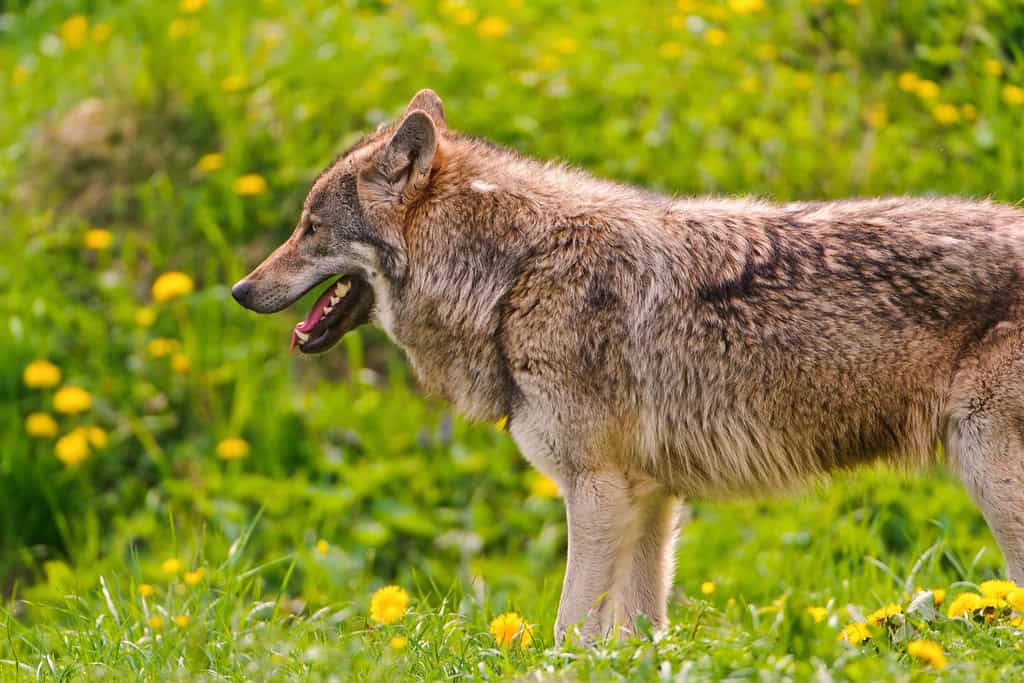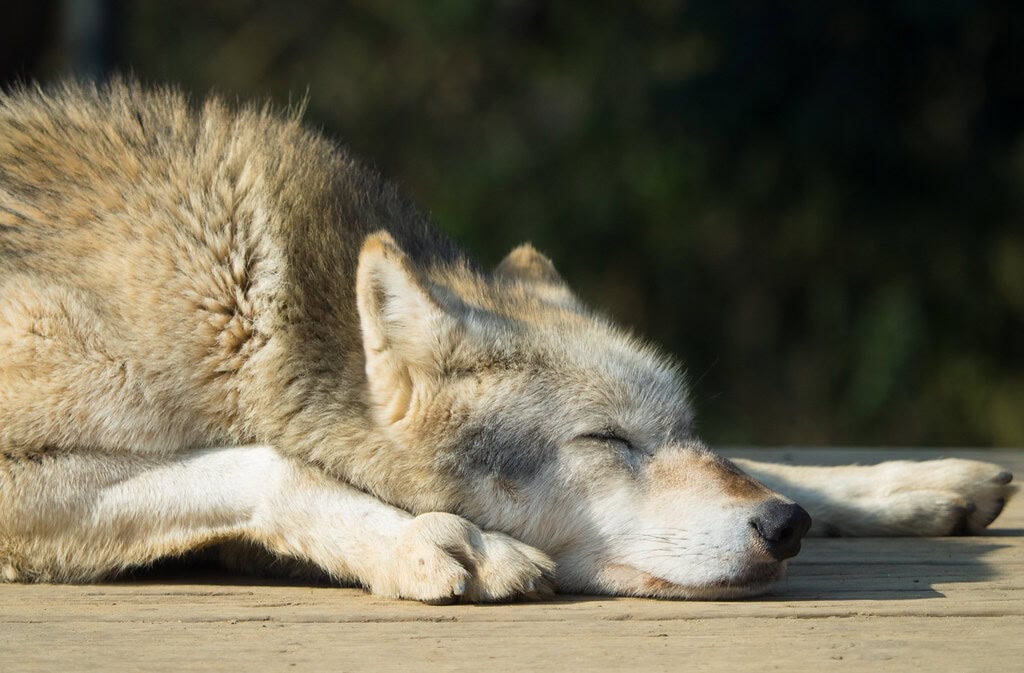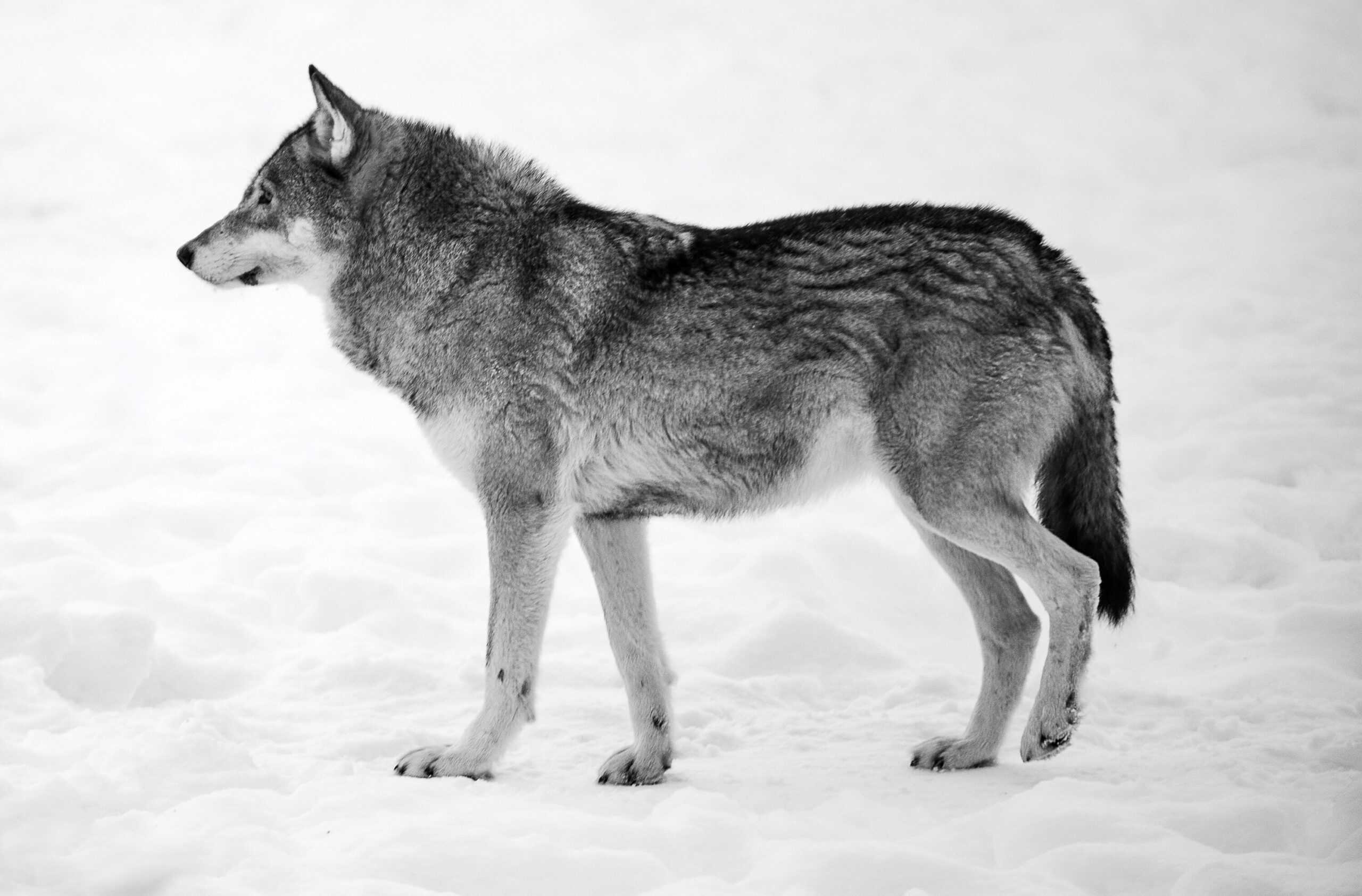Can you imagine a creature that stirs up so much fear and fascination at the same time? Wolves have haunted human stories for centuries, cast as villains in fairy tales and symbols of wild freedom in art and film. But how much do we really know about these mysterious animals? The truth is, a lot of what we believe about wolves is just plain wrong. Let’s pull back the curtain and separate fact from fiction, one myth at a time.
10. Wolves Are Always Aggressive Toward Humans

It’s a scene straight out of a scary movie: a pack of wolves circling, teeth bared, ready to attack. The reality? Wolves are shy by nature and actually prefer to avoid people whenever possible. Attacks on humans are incredibly rare, especially in the wild. In fact, most documented cases involve wolves that were sick, cornered, or accustomed to being fed by people. For the most part, if you encounter a wolf in the wild, the animal will likely slip away before you even realize it was there. This myth probably persists because of old stories and exaggerated news headlines, but the real wolf is far more elusive and cautious than most of us think.
9. Wolves Kill for Sport

Many believe that wolves kill just for fun, leaving carnage in their wake. But wolves, like most predators, hunt to survive. While it’s true they sometimes kill more than they can eat in one sitting, this is usually when prey is abundant or weak, like during harsh winters. Wolves will often return to unfinished kills later or share their bounty with the pack. The idea of “sport killing” is a human projection onto animal behavior. In reality, hunting is a matter of survival, not recreation, for the wolf.
8. Wolves Are Lone Hunters

The “lone wolf” image is everywhere, from movie posters to motivational quotes. But wolves are social animals that thrive in packs. These family groups work together to hunt, raise pups, and defend territory. Occasionally, a wolf will leave its pack—usually to find a mate and start its own—but this is the exception, not the rule. The strength of the wolf truly is in the pack, and the pack relies on the unity and cooperation of its members.
7. Wolves Will Decimate Local Wildlife

When wolves return to an area, people often worry that deer, elk, or other animals will vanish overnight. However, ecosystems are more balanced than we sometimes think. Wolves do prey on large herbivores, but they tend to target the sick, weak, or old, which actually helps keep prey populations healthy. Studies in Yellowstone National Park have shown that the return of wolves led to more robust plant life and healthier herds, creating a ripple effect that benefited everything from birds to fish.
6. All Wolves Howl at the Full Moon

The haunting howl of a wolf under a full moon is pure Hollywood magic. Wolves do howl, but not to serenade the moon. Howling is their way of communicating—marking territory, gathering the pack, or finding lost members. Wolves howl at any time of day or night, regardless of how bright the moon is. The image of a wolf howling at the moon may be poetic, but it’s not how wolves see the world.
5. Wolves Are Ruthless Alpha Leaders

Thanks to outdated research, many people think wolf packs are ruled by a fierce “alpha” who fights their way to the top. In reality, wolf packs are usually families, led by the parents. Leadership is based on experience and cooperation, not brute force. The idea of the alpha wolf fighting for dominance comes from studies of captive wolves, not wild ones. In the wild, pack life is more about teamwork and care than power struggles.
4. Wolves Are Dangerous Pests

Wolves have been labeled as pests and persecuted for centuries. While they occasionally prey on livestock, such incidents are far less common than many believe. With good management practices—like guard animals and better fencing—conflicts can be minimized. Wolves actually play a vital role in maintaining healthy ecosystems, controlling populations of other animals, and even helping shape landscapes.
3. Wolves Cannot Be Tamed

Some say wolves are untamable, wild to the core. While it’s true wolves are not domesticated like dogs, some have been raised by humans and can form bonds with people. However, they remain unpredictable, and their wild instincts are strong. They’re not pets and can’t be fully tamed, but the idea that they’re completely incapable of forming relationships with humans isn’t entirely accurate.
2. Wolves Are the Ancestors of All Dogs

It’s often repeated that dogs are direct descendants of wolves. While it’s true dogs and wolves share a common ancestor, today’s wolves are not the great-grandparents of your Labrador. Instead, both species branched off from an ancient wolf-like creature thousands of years ago, taking very different evolutionary paths. That means your dog’s distant family tree is a lot more complicated than just “wolf turns into dog.”
1. Wolves Are Villains in Nature

The image of the “big bad wolf” is deeply ingrained in our culture, but it’s a myth that’s done wolves more harm than good. In reality, wolves are neither heroes nor villains. They’re just animals, trying to survive and raise their families. Their presence is a sign of a healthy ecosystem, and their “villain” reputation says more about human fears than the true nature of the wolf.
3 Myths About Wolves That Are Surprisingly True

Not all wolf myths are off base—some do hold a kernel of truth. First, wolves do mate for life, forming strong, lasting bonds with their partners. Second, wolves are remarkable travelers, capable of covering dozens of miles in a single day as they search for food or new territory. Third, wolves are fiercely protective parents. Both mothers and fathers care for the pups, teaching them everything they need to know about survival. These truths show that, beyond the myths, wolves are complex, family-oriented creatures with some surprisingly relatable qualities.
Conclusion

Wolves have been misunderstood for generations, often painted as monsters or misunderstood heroes. Looking past the myths, we find animals that are not only crucial to their environments but also possess a depth and complexity that can inspire awe. Sometimes the real story is even more fascinating than the legend.
- 12 Wild Species That Are Smarter Than We Ever Thought - August 9, 2025
- Top 10 Coral Reef Animals - August 9, 2025
- 15 Animals and Wildlife that Start with M - August 9, 2025

